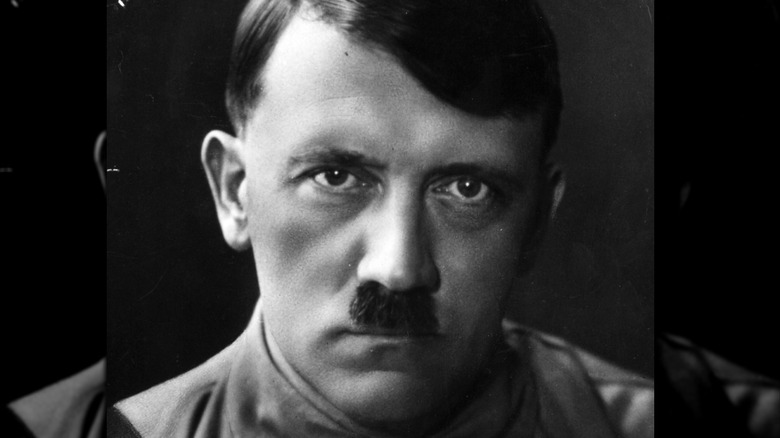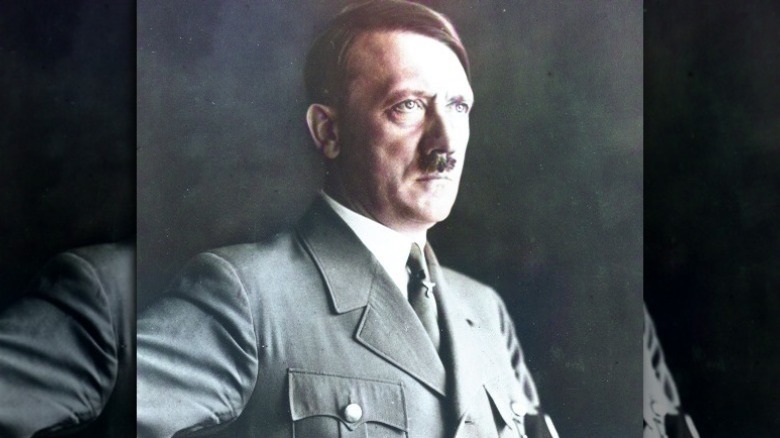What Did Hitler Look Like In Color?
According to History, Frank Buckles, the United States' last surviving veteran of World War I, died on February 27, 2018. The 110-year-old, along with fellow veterans from around the world, left behind a wealth of tragic yet vital first-hand knowledge that can never be replaced.
The same is increasingly true of World War II. The National World War II Museum reports that 16 million people from the U.S. served in the conflict and that the numbers of surviving veterans are dwindling fast: an estimated 296 die every day. According to the U.S. Department of Veterans Affairs, a projected 325,574 remain alive as of 2020. Sometimes, we see this devastating conflict as a long distant history, captured largely in black-and-white photographs — it's strange to think that it happened in the lifetime of people still surviving today.
When we think of World War II, we tend to think of the major players and their most significant battles. On one side, American President Franklin D. Roosevelt, United Kingdom Prime Minister Winston Churchill, and the Allied powers. On the other, the Axis powers, which included Prime Minister of Italy Benito Mussolini and, of course, the infamous German dictator Adolf Hitler.
The advent of color photography
It's difficult to express the horrors perpetrated by the Nazi Party under Hitler's command. This is a dark chapter of human history — the darkest of all — and must never be allowed to repeat itself. As a result, World War II has become a crucial part of education around the world. Those who have studied history, then, have surely encountered monochrome images of Hitler and perhaps seen black-and-white footage of his frenzied speeches.
His notorious visage remains engrained on humanity's collective consciousness — like a stubborn stain that just refuses to be washed away. From his characteristic pencil mustache to his severely parted hair and hateful uniform, almost everybody is familiar with the failed Führer's appearance. Color photographs of him, though, are exceedingly rare.
As HuffPost reports, color film was available to photographers before the war (it first became available in 1935-1936), but very few used it in an official capacity during the conflict. One who did was Hugo Jaeger, a photographer in Hitler's employ. As a result, Jaeger had unique access to the Nazi leader's life and took a great many official photographs. Although Jaeger feared retribution for his former role after the Axis powers' defeat, he and his photographs survived the conflict and its aftermath.
Yeager's archives and others' colorization efforts both show us what the infamous historical figure looked like in color. His dark brown hair and mustache, pale skin, and rather cold eyes are unmistakable.

